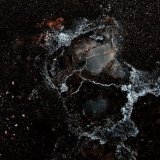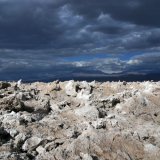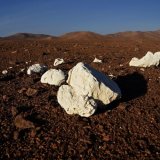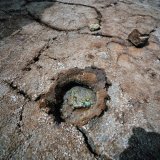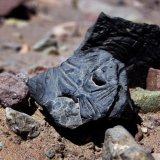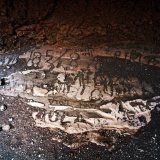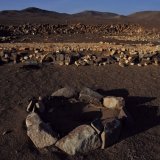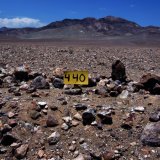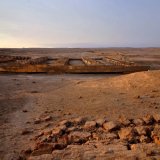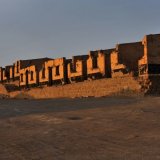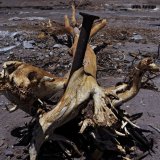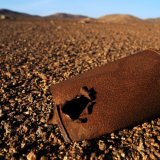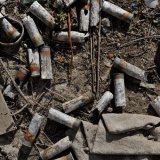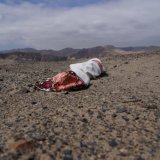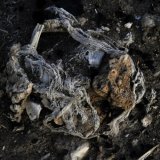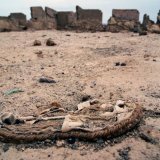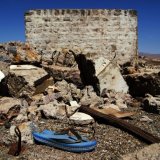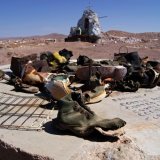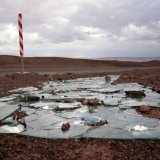NaNO3
This is a collaborative project with Luis Bustamante
Before the emergence of organic life, our planet would have not looked much different from other worlds in the galaxy. The Atacama desert is a throw back to a pre-primal time. Nothing grows in its vastness, but it is rich in coveted minerals.
The sodium nitrate (NaNO3) mining industry thrived in this region of Chile from mid-19th century to early 20th century. It was mostly driven by foreign demand and provided a sizable source of revenue for the country. It also created massive wealth in Europe, with two large markets – agriculture for which it provided a cheap fertiliser and the weapons industry which used it for gunpowder.
As ever, the ownership of strategic materials by countries in the periphery of power brought about armed conflict. Like other commodities at the peak of demand, nitrate was once called ‘white gold’ and fuelled a war between Bolivia, Chile and Perú lasting from 1879 to 1883. After the war Chile took possession of the whole territory, but the control of the nitrate industry ended up in foreign hands.
The local miners’ life became a paradigm of human suffering punctuated by bloody massacres. In one of these, at the school of Santa María in Iquique in 1907, over 2,000 men, women and children were machine-gunned by troops.
The industry began to decline with the invention of synthetic nitrate in Germany at the beginning of WW1 in response to Britain’s virtual monopoly of the mineral. Large scale nitrate mining in Chile had all but vanished by the time of the Great Depression.
The industry’s brief existence offers a telling snapshot of a ruthless economic model that brings disproportionate progress to some places but leaves a blighted legacy elsewhere.
Our planet is beset under the strain of this model – perhaps there is no such thing as the balancing power of nature, only constant, irreversible, change.
Text by Luis Bustamante
Before the emergence of organic life, our planet would have not looked much different from other worlds in the galaxy. The Atacama desert is a throw back to a pre-primal time. Nothing grows in its vastness, but it is rich in coveted minerals.
The sodium nitrate (NaNO3) mining industry thrived in this region of Chile from mid-19th century to early 20th century. It was mostly driven by foreign demand and provided a sizable source of revenue for the country. It also created massive wealth in Europe, with two large markets – agriculture for which it provided a cheap fertiliser and the weapons industry which used it for gunpowder.
As ever, the ownership of strategic materials by countries in the periphery of power brought about armed conflict. Like other commodities at the peak of demand, nitrate was once called ‘white gold’ and fuelled a war between Bolivia, Chile and Perú lasting from 1879 to 1883. After the war Chile took possession of the whole territory, but the control of the nitrate industry ended up in foreign hands.
The local miners’ life became a paradigm of human suffering punctuated by bloody massacres. In one of these, at the school of Santa María in Iquique in 1907, over 2,000 men, women and children were machine-gunned by troops.
The industry began to decline with the invention of synthetic nitrate in Germany at the beginning of WW1 in response to Britain’s virtual monopoly of the mineral. Large scale nitrate mining in Chile had all but vanished by the time of the Great Depression.
The industry’s brief existence offers a telling snapshot of a ruthless economic model that brings disproportionate progress to some places but leaves a blighted legacy elsewhere.
Our planet is beset under the strain of this model – perhaps there is no such thing as the balancing power of nature, only constant, irreversible, change.
Text by Luis Bustamante
